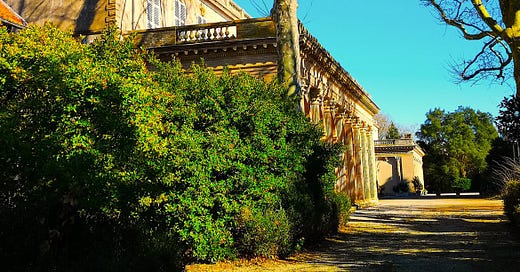Glimpsing the hidden history of utopian village Saint-Rome
The village of Saint-Rome, with its 40 official inhabitants, offers one of the more quirky sidebars in the southwest of France thanks to its legacy as a former utopian village. Last weekend, having just recently heard about Saint-Rome for the first time, we decided to visit and hike around to see just how much of its unusual past we could see.
Keep reading with a 7-day free trial
Subscribe to French Crossroads to keep reading this post and get 7 days of free access to the full post archives.




